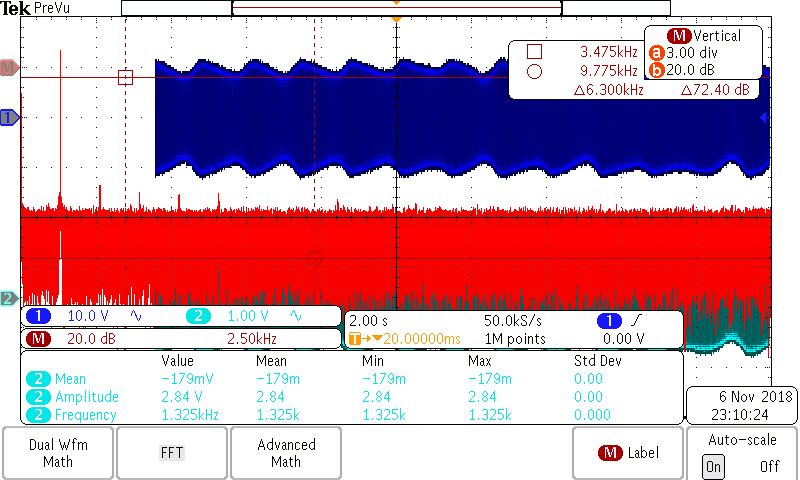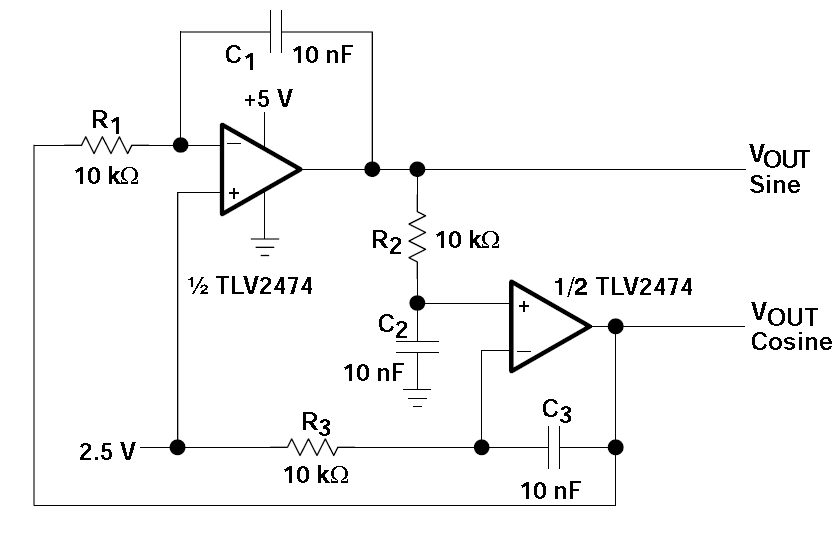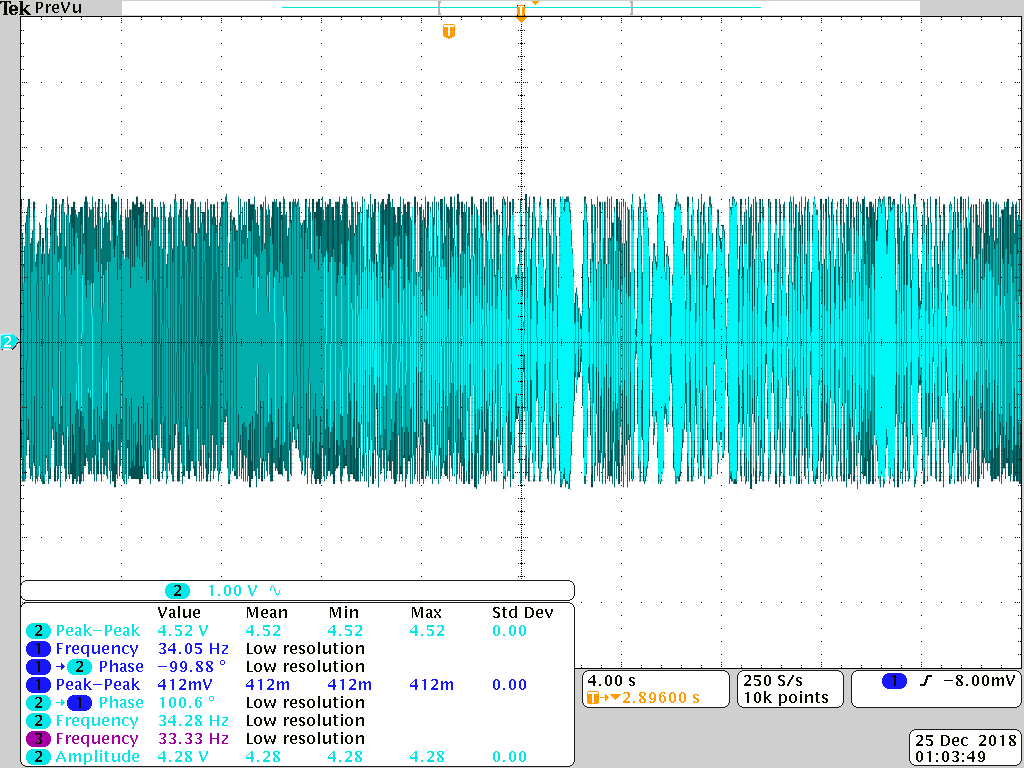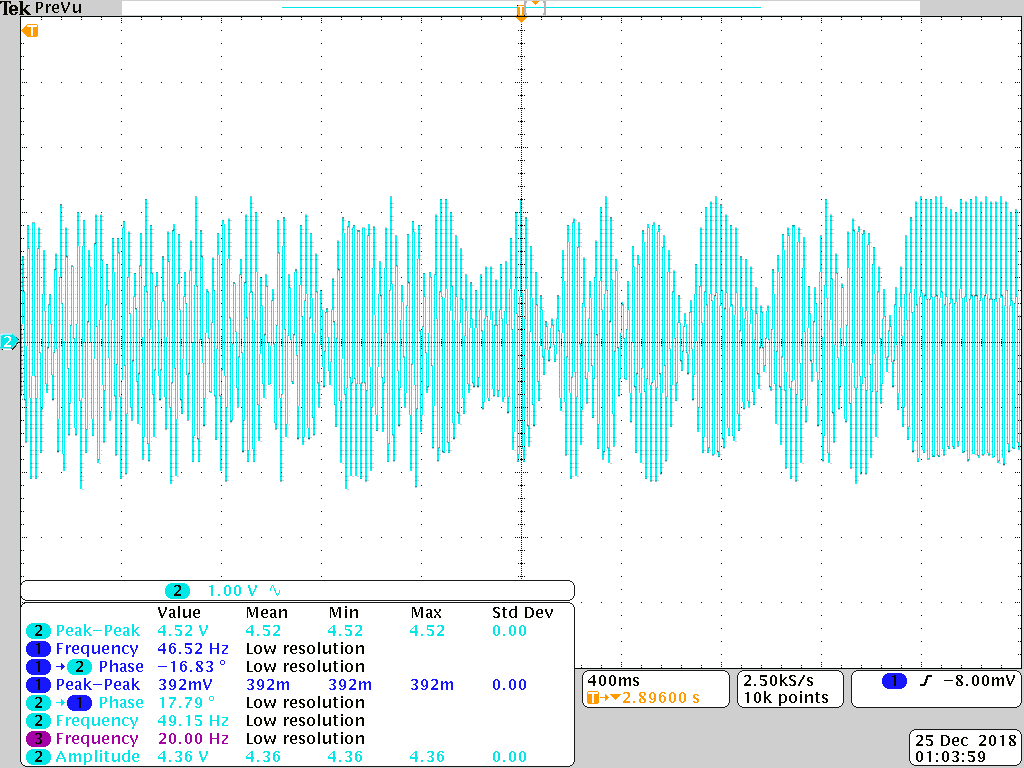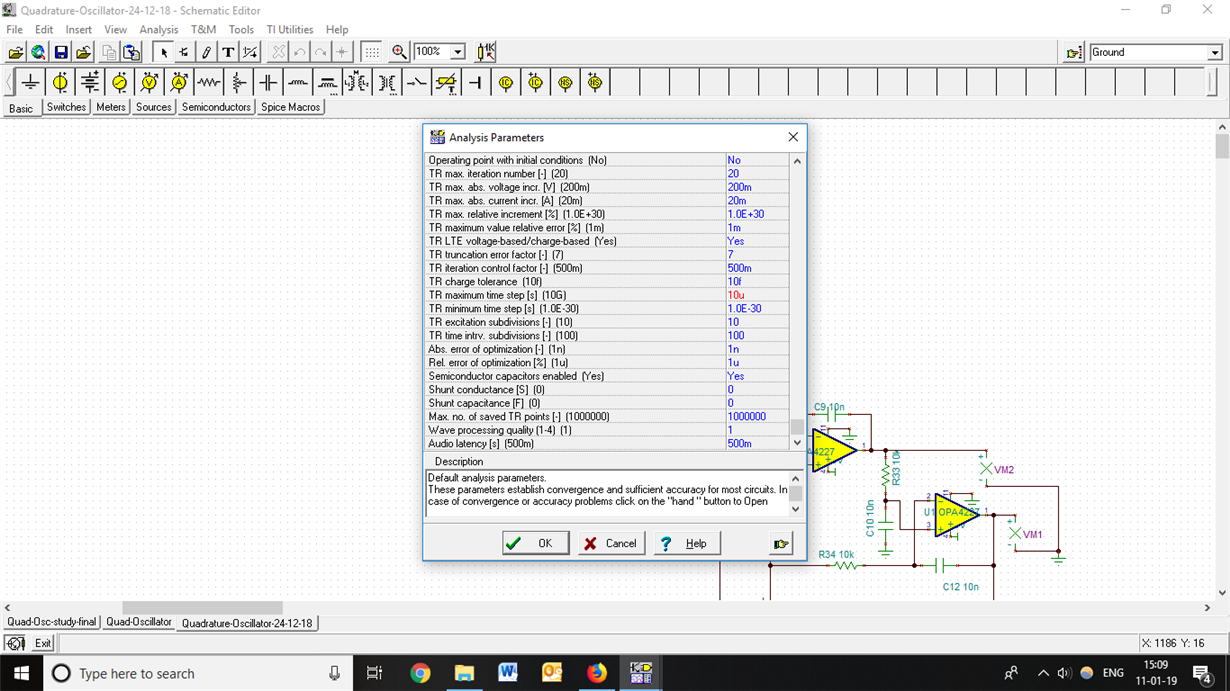Other Parts Discussed in Thread: TLV2474, TINA-TI, LM317, LM337, LM13700, TLV2472, UAF42
Hi,
I have designed an integrator based Quadrature Oscillator as per the TI application note on Sine-Wave Oscillator (section 8.5) using opamps OPA4227. As per the application note oscillator output seems fine and my simulation output also looks clear. But, In my design on PCB, I am getting intermodulation distortion at the output of Oscillator inspite of following all good PCB design rules to avoid any supply noise, coupling noise etc. Can anyone pls tell me what could be the reason for it and how can I overcome this problem..


